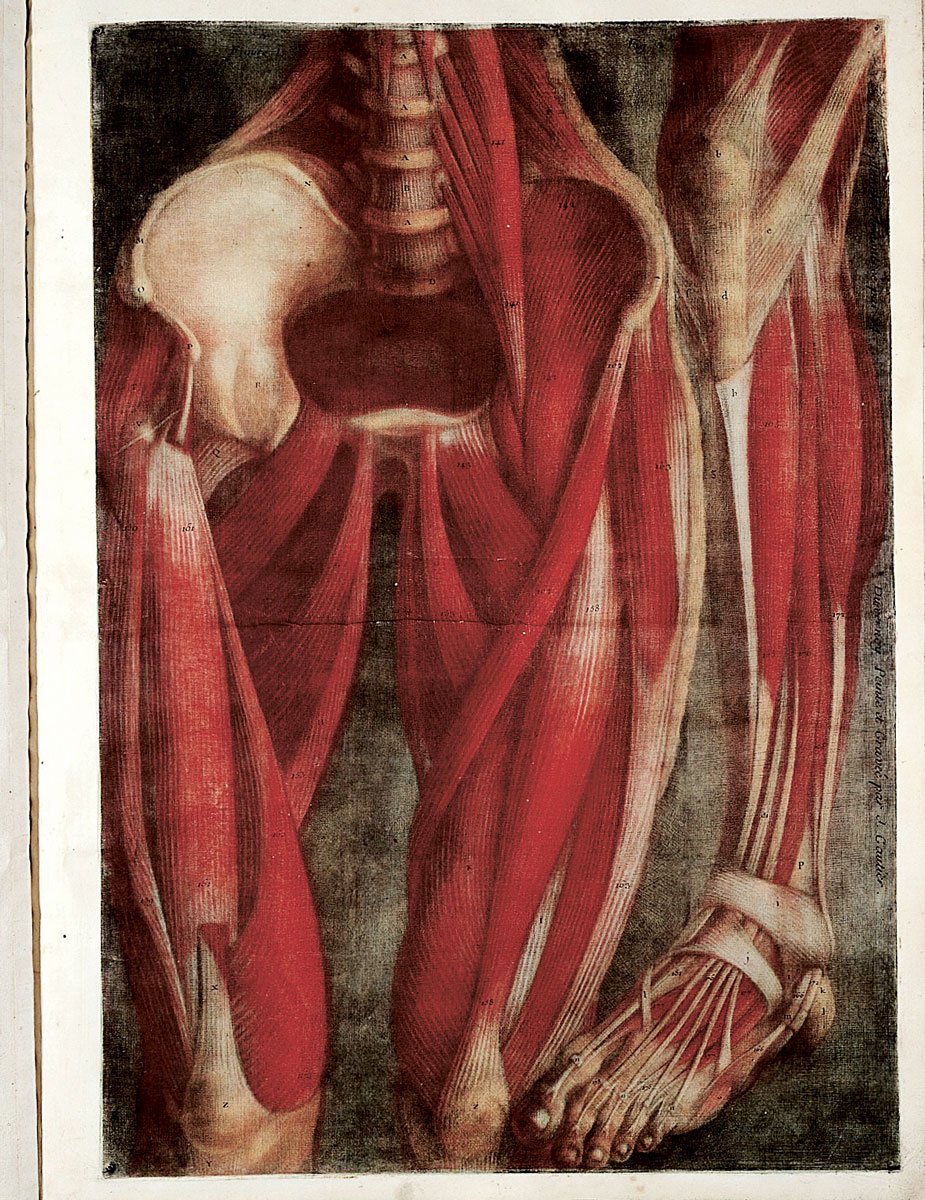
Images Courtesy _The Sick Rose_ © 2014 Thames & Hudson Ltd, London By Richard Barnett.
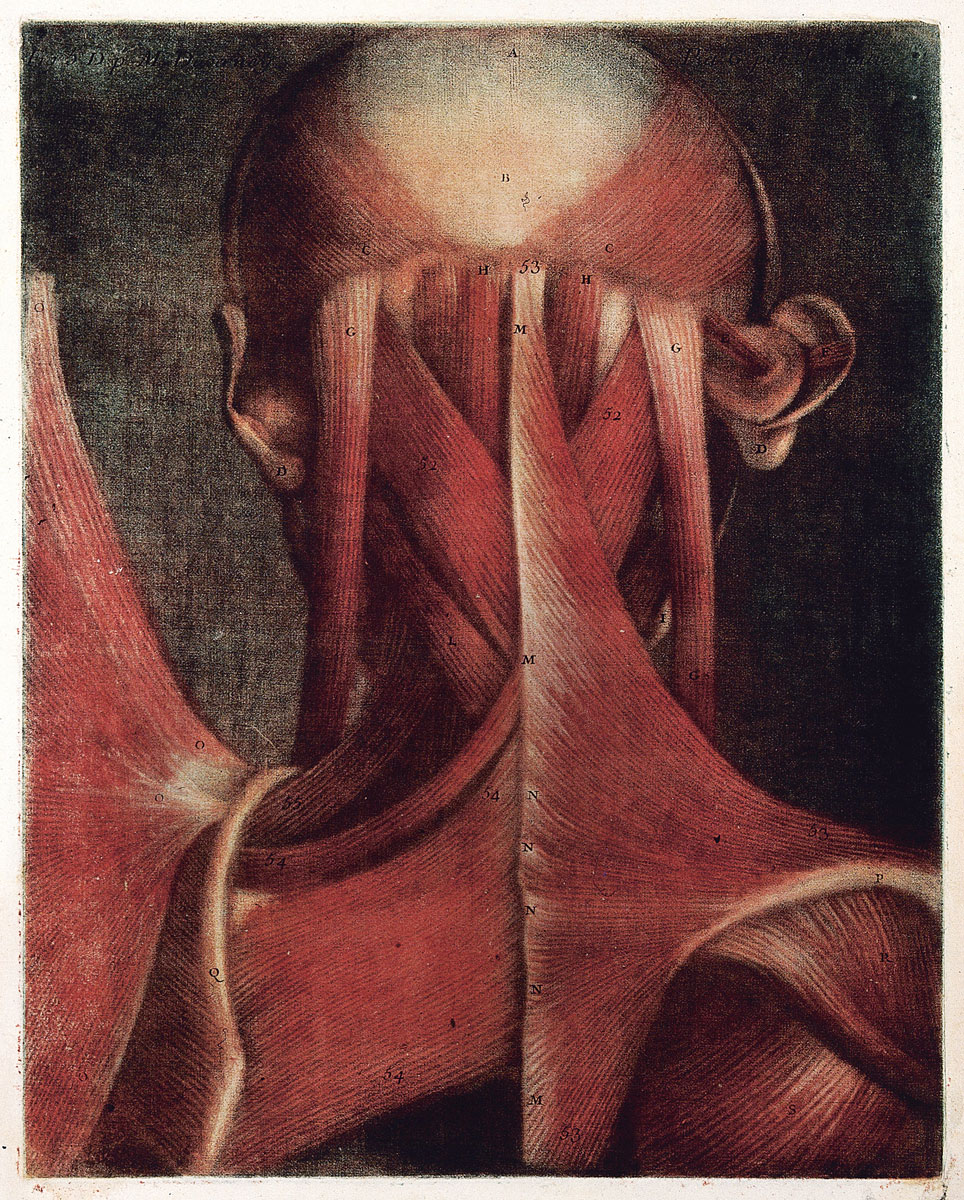
Images Courtesy _The Sick Rose_ © 2014 Thames & Hudson Ltd, London By Richard Barnett.
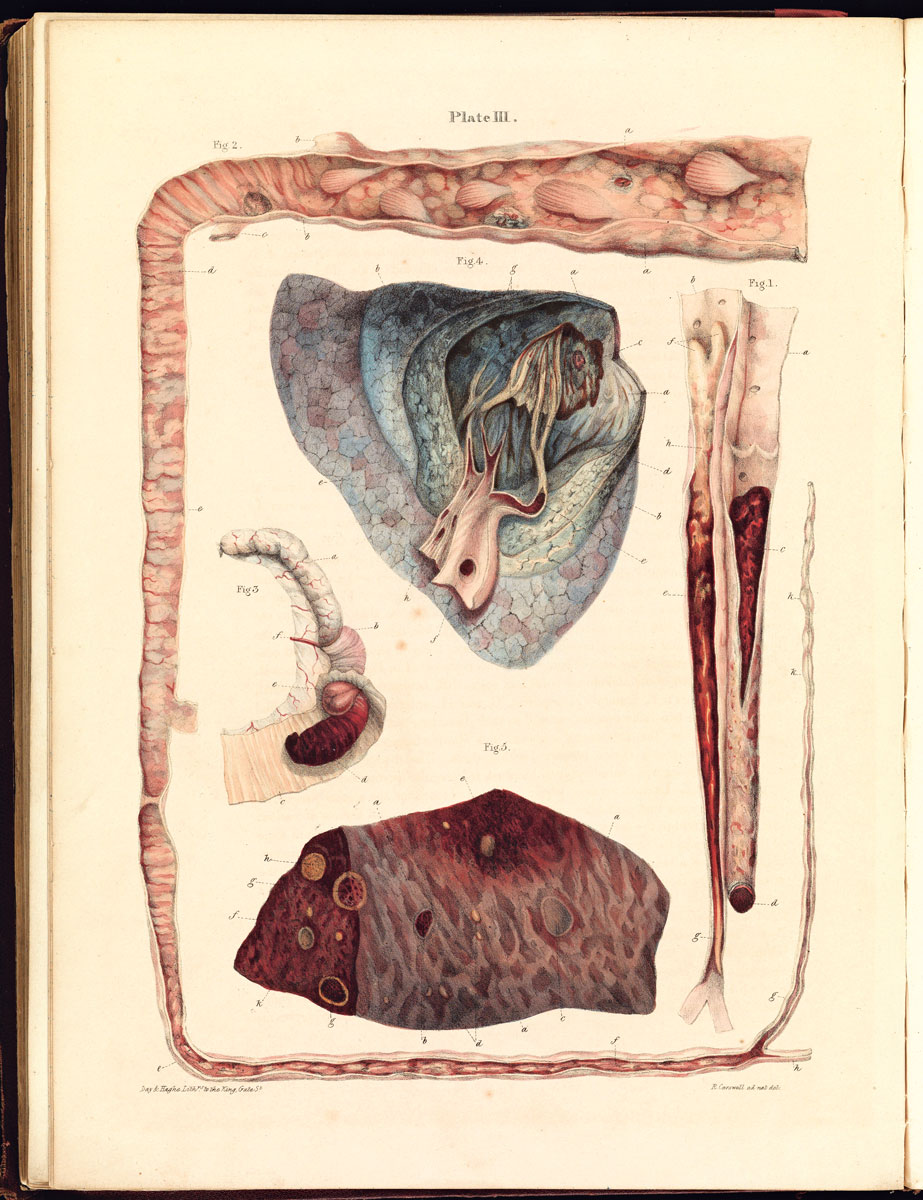
Images Courtesy _The Sick Rose_ © 2014 Thames & Hudson Ltd, London By Richard Barnett.
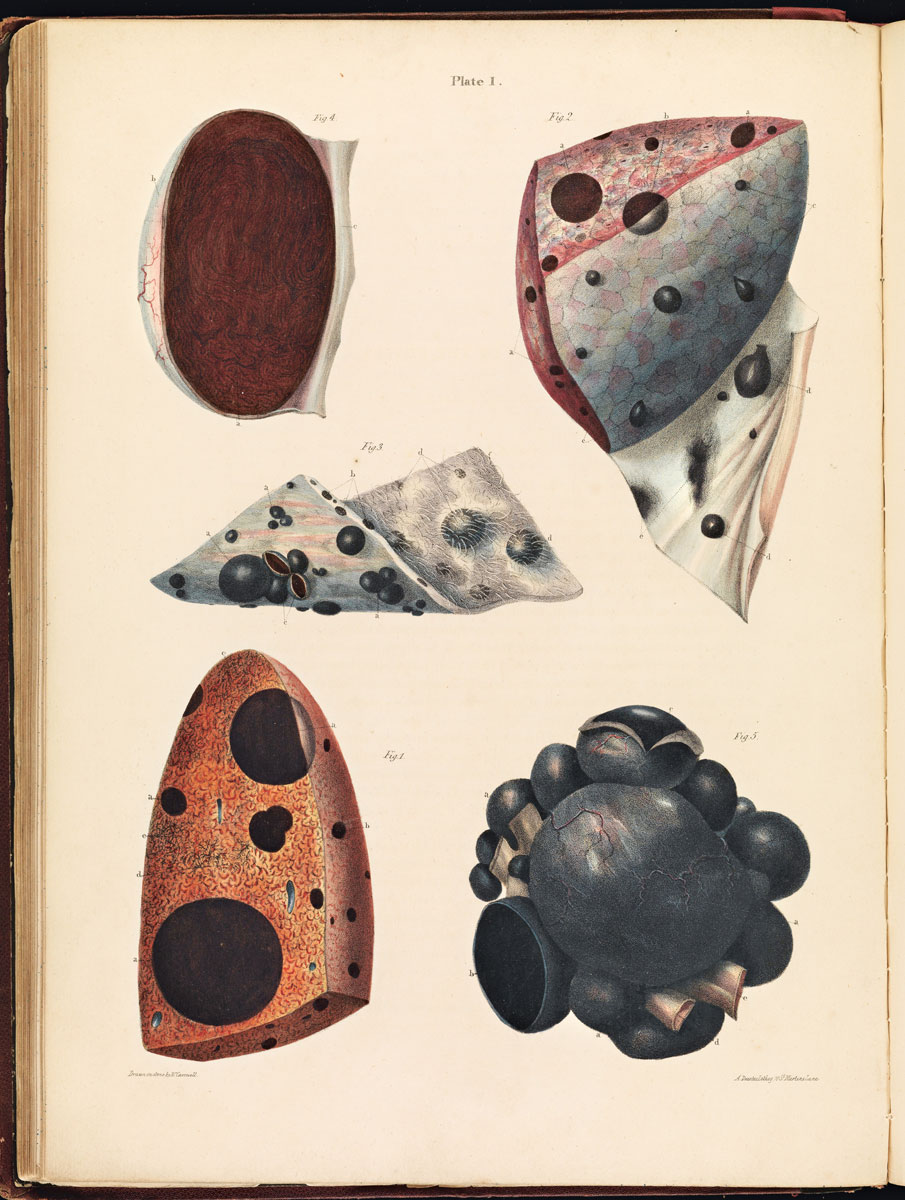
Images Courtesy _The Sick Rose_ © 2014 Thames & Hudson Ltd, London By Richard Barnett.
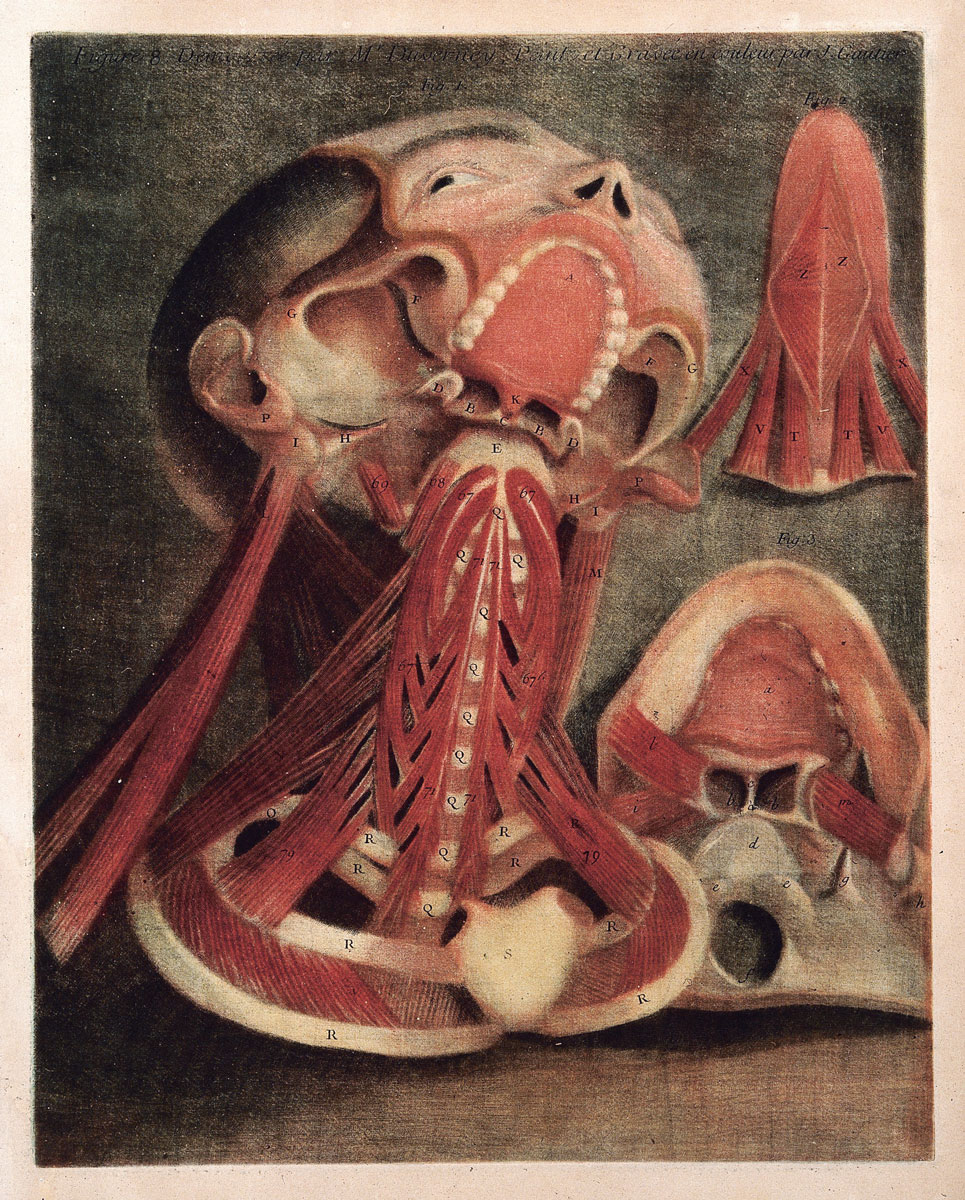
Images Courtesy _The Sick Rose_ © 2014 Thames & Hudson Ltd, London By Richard Barnett.
[](#)[](#)
The Sick Rose
Honestly Dear, That Festering Sore Entices Me
John Keats, a different 19th century poet, declared, “beauty is truth, truth beauty.” One of the questions this pithy maxim raises is, well, what if the truth is something grotesque? Poetry seems to provide plenty of these enigmatic lessons, and it’s no mistake that a new collaboration between the Wellcome Library of London, high-end book publisher Thames & Hudson, and historian Dr. Richard Barnett takes its title from William Blake’s poem “The Sick Rose.” The book begins, fittingly enough, “O Rose, thou art sick!” It then proceeds with some fairly obvious sexual imagery (a worm, a rose; worm goes into rose) but what Blake really seems to be talking about is the putrid core of Industrial Revolution-era England—that the rose, while beautiful, is actually rotting and—when you get closer—smells vaguely like manure.
The old lithographs that fill page after page of Barnett’s _The Sick Rose_ are of people and the diseases they suffer—from commonplace ailments like eczema to gout to cancer. And the pictures are...horrible. And beautiful. And horrible. They are skillfully and carefully—almost lovingly—done by anonymous artists. “What I find most fascinating about these pictures,” Barnett says, “is that they look like portraits, like living people. The artists have clearly put a great deal of care into these pictures. Some of them are wonderful portraits; they’re very well observed. There’s more in them than there needs to be for scientific or clinical purposes.”
Barnett, who is not a medical doctor but did study medicine for a time, is nonetheless sufficiently fascinated by the history of medical ailments that he created something called the Sick City Project. One of its thrusts involves walking tours through the streets of London led by Barnett, during which he highlights interesting and morbid details of London’s medical past. London is perfect, Barnett says, because “it is one of the oldest cities on Earth and for a long time it was the capital of a global empire. For me, the fascination is that in many ways you can trace the development of Western medicine through the streets of London.”
There is a certain morbidity in cataloging—and celebrating, in a way—gruesome illness, and Barnett seems aware of this fact when I ask him to rattle off his top five most fascinating diseases. To his credit, he does it, and he feels bad doing it. Number one: syphilis. “It has to be syphilis, of course. Not only culturally but medically fascinating. And it comes with all kinds of moral baggage as well—it’s really the complete package.” Number two: plague. “It’s become such a symbolic infectious disease. It struck during a period of great religious and political instability and for many people it seemed like the end of the world—disease as the Grim Reaper.” Number three: cancer. “It captures so many of the tensions and ambiguities of modern medicine. Cancer reminds us, on one hand, that modern medicine is so technically capable, but it also reminds us that we are far from any kind of universal cure.” Number four: cholera. “It was the great disease of the Industrial Revolution and the great disease of empire...it represents the darker side of British imperial might throughout the world.” Number five: AIDS. “We have learned so much about this disease, but the idea of Westerners trying to bring their superior medical knowledge reads very differently in other parts of the world. It reads like colonization. AIDS captures the tragedy, in a lot of ways, of post-imperial medicine.”
Images Courtesy _The Sick Rose_ © 2014 Thames & Hudson Ltd, London By Richard Barnett.
